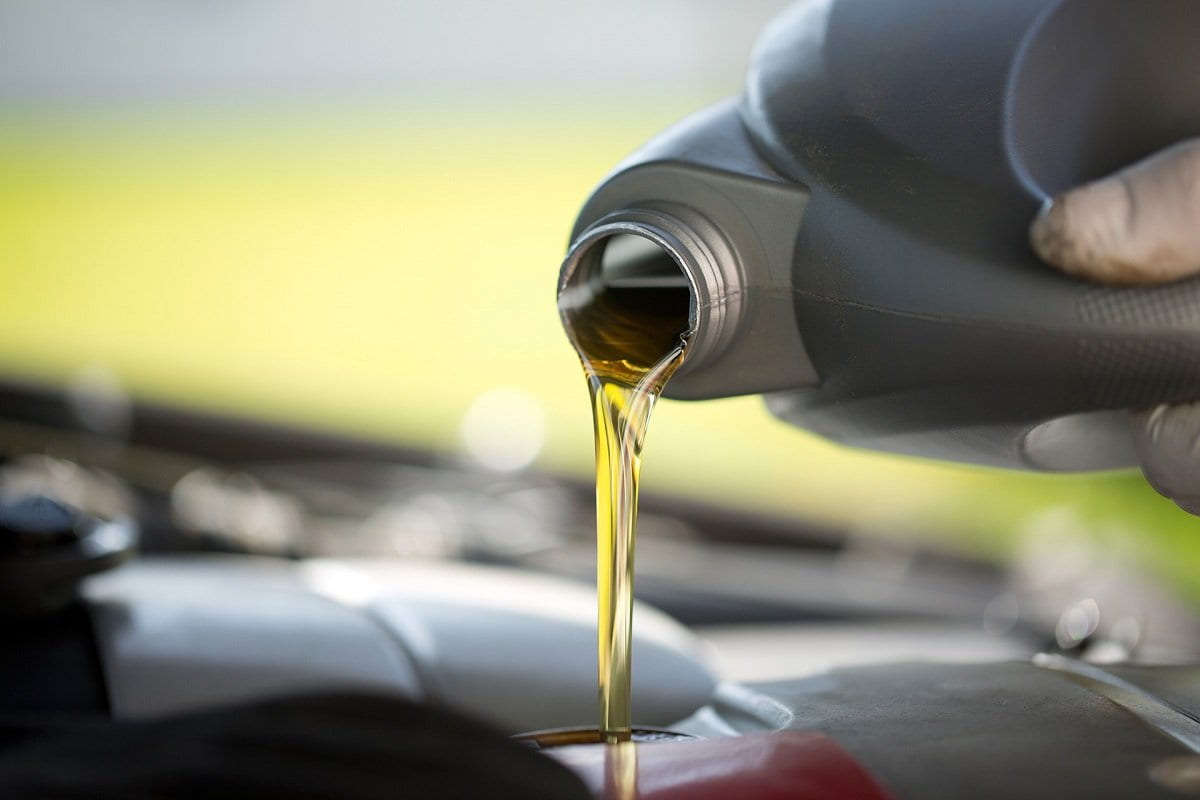Price and Buy engine oil for motorbike + Cheap Sale
in this post, we are going to give you all the necessary information you need to know for having a better understanding of the engine oil in your motorbike
When it comes to choosing which oils to use for your motorbike, one could feel overwhelmed because there are so many different products now available on the market
The process of locating the appropriate product is made more difficult by the presence of a variety of factors to consider, such as temperature rating and viscosity, amongst others
Before we can even begin to think about which motorcycle oil is best, we need to first grasp the function and significance of motorcycle oil, as well as the relationship between routine maintenance and the engine’s ability to last for a long time
Internal combustion engines consist of a number of different moving parts on the inside, and many of these parts involve metals rubbing against one another
When these engine elements move, they generate a significant amount of friction, which leads to heat and wear on the engine components
The primary purpose of engine oil in motorbikes is to reduce the amount of friction that occurs between the moving elements of the engine by lubricating them and spreading the heat generated throughout the engine in such a way that it can operate at the ideal temperature
Two-stroke and four-stroke engines are the most popular kinds of internal combustion engines that may be found in bikes
Both of these engine configurations have their advantages and disadvantages
Therefore, what precisely does this imply, and how exactly will this impact you? The differences between two-stroke and four-stroke engines are rather substantial; nevertheless, for the purpose of this essay, we will focus on the distinctions between the two types of engines in terms of how they are lubricated

When using two-stroke engines, the oil and fuel are combined using either a mixing device that is integrated into the engine itself or by filling the fuel tank of the motorbike with the appropriate oil/fuel combination
In four-stroke engines, the oil is often kept in a sump or tank at the bottom of the engine, and it is then circulated all the way through the engine to provide lubrication
Two-stroke engines have a design that is fairly straightforward and offer an excellent balance of power and portability
Dirt motorcycles, all-terrain vehicles (ATVs), and scooters typically have this kind of engine
Because they provide adequate lubrication and a clean burn-off, semi-synthetic two-stroke oils are the ones that should be used in motorcycles that are used on a regular basis
The oil in a four-stroke engine has to be replaced at regular intervals because sluggish performance and, eventually, significant engine wear can be caused by oil deterioration
This can be avoided by changing the oil
The question now is, what exactly are the many kinds of oil that are sold in stores? 1: MINERAL OILS Mineral oils are the most common type of lubricant, including those used in motorcycles
These are obtained from crude oils and are frequently the most cost-effective choice available due to the fact that they typically need less refining than other options
They frequently lack the cleansing capabilities that may be found in synthetic or semi-synthetic oils that are sold for a higher price

Since these oils are less effective and need to be changed more frequently, they are not suitable for use in extreme situations, such as those that involve intense heat in the summer or extreme cold during the winter
They are often seen in engines of a more mature design
2: SEMI-SYNTHETIC OILS Traditional mineral oils are the basis for semi-synthetic oils, which also include chemical additives with the purpose of enhancing engine protection and extending the oil’s shelf life
Semi-synthetic oils are a hybrid of conventional mineral oils and synthetic components
This type of oil is typically utilized in more compact engines, the most common examples of which are found in day-to-day bikes used for commuting
3: SYNTHETIC OILS Synthetic oils are manufactured in labs, and they only make use of mineral oils as additives when absolutely necessary
This type of oil is constructed to be resistant to a wide variety of temperature conditions while still delivering outstanding lubricating characteristics, even when subjected to high levels of pressure
The vast majority of synthetic oils are made to adhere to engine components in order to assist in cold starting, which is where most engines experience the most difficulty
Because of this, synthetic motorcycle oils are ideal for the process of starting your motorcycle while it is cold
They are also capable of providing longer periods between draining

When selecting an oil for your motorcycle, you should always adhere to the instructions provided by the manufacturer
Engineers put in dozens, if not hundreds, of hours evaluating various items to find the ones that provide their devices with the optimum performance
Viscosity and oil grade are two phrases that are typically printed on containers of motor oil
In addition to this, it is essential to think about the effect that oil additives will have on your motorbike
But what do each of these phrases represent in practice?
VISCOSITY AND OIL GRADE
The term “viscosity” relates to the degree to which a liquid is thicker than another liquid; for instance, water has a lower viscosity than maple syrup
The viscosity rating of oil at a variety of temperatures is what is meant when talking about the grade of oil
On a can of oil, it is typical to see two sets of numbers separated by a ‘W,’ and most people believe that the ‘W’ stands for ‘weight
‘ However, the ‘W’ really stands for ‘winter
‘ The number that comes before the letter W indicates the amount of viscosity that the oil has while it is cold, while the second number indicates the level of viscosity that the oil has after it is heated to 100 degrees Celsius
Because lubricants with lower viscosity are better at protecting engines from damage when they are started in extremely cold temperatures, these are the ones that are utilized in colder conditions

OIL ADDITIVES Oil companies will market oils as having the ability to clean your engine while you are using them
In addition to assisting in the more effective distribution of heat, these additives are meant to help in the fight against the accumulation of carbon
You now know everything you need about engine oils and oil of the motorbike
Choosing the right motorcycle engine oil for your bike is easy if you follow the manufacturer’s instructions and understand your engine